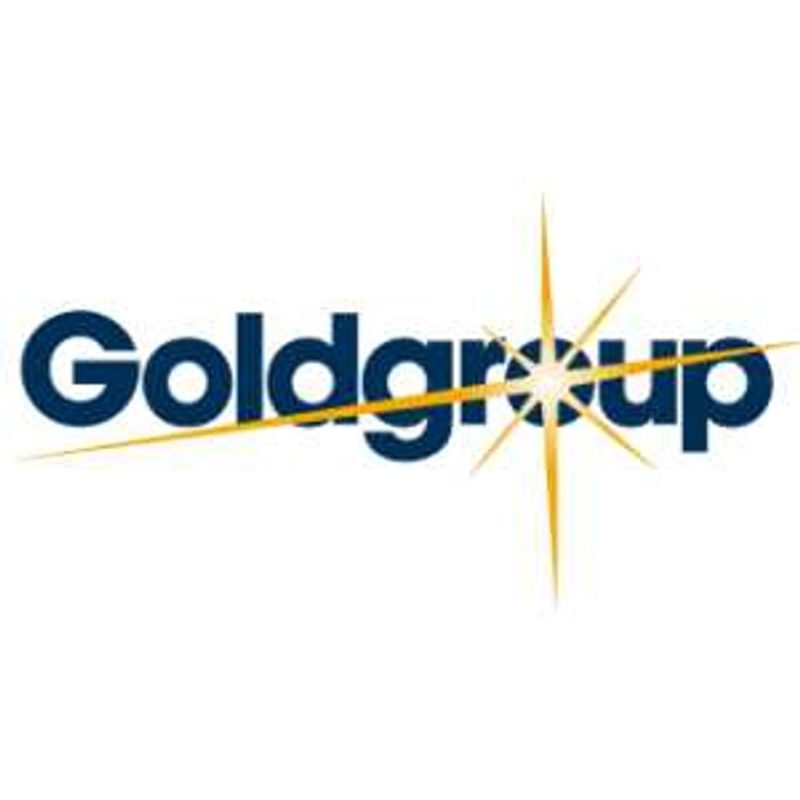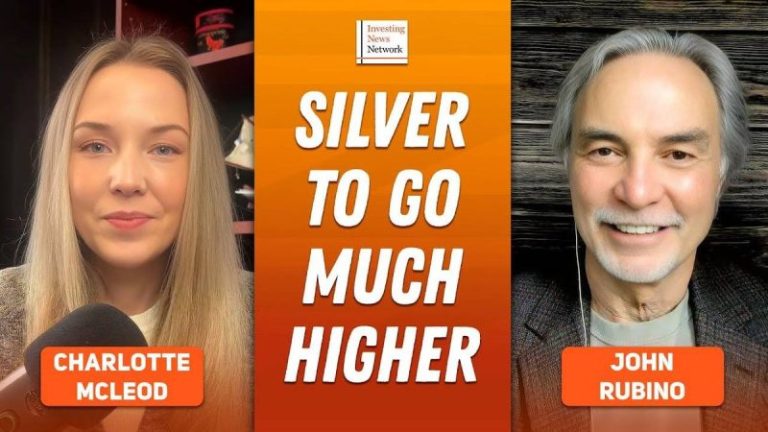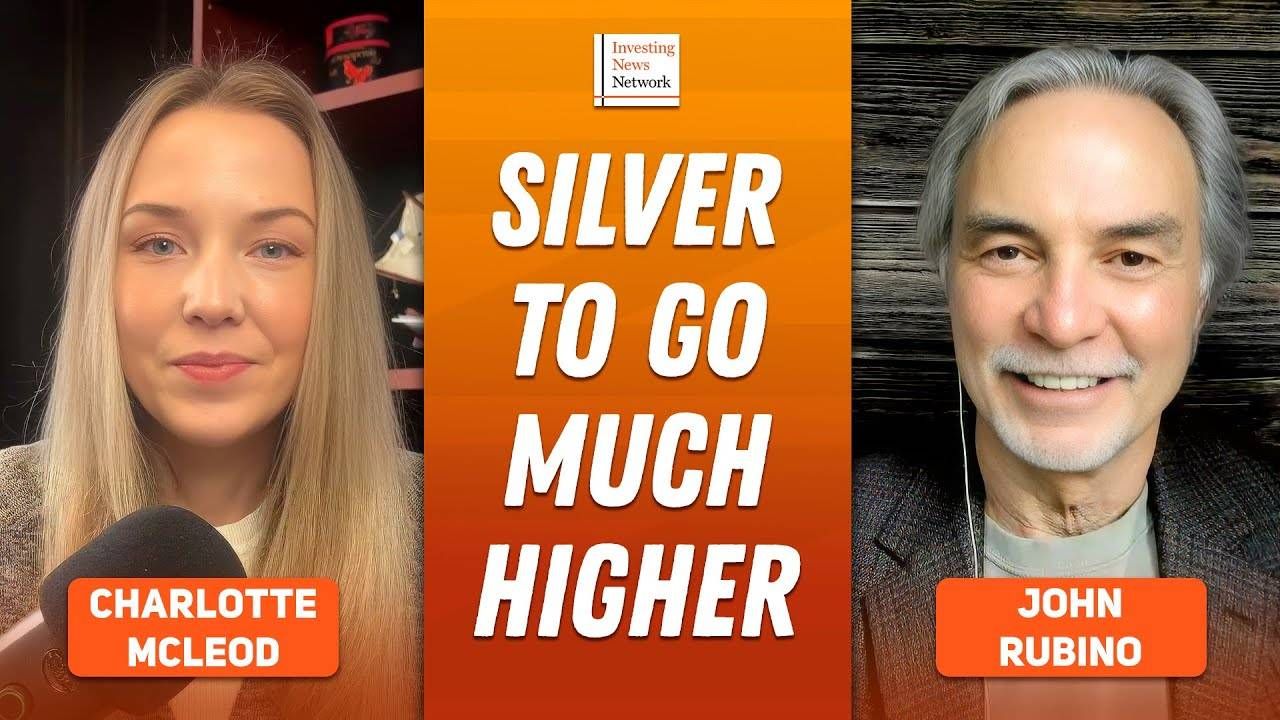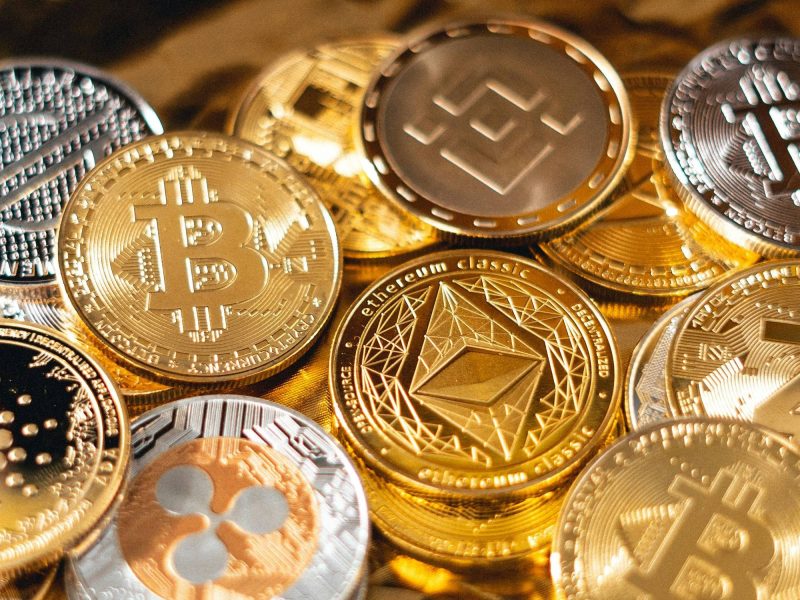

Silver’s strong performance in 2025 is drawing attention to silver-mining companies.
During Q3, the silver price closed in on all-time highs, reaching a quarterly high of US$46.92 per ounce on September 29. It has continued to soar since then, breaking past US$50 on October 9 and then past US$60 on December 9 on its way to setting a new all-time high.
The price of the precious metal has seen firm support from fundamentals, as silver continues to experience a structural supply deficit, while industrial silver demand remains near record levels. Investment demand is also rising as investors return to the market, seeking a more affordable safe-haven alternative to gold.
How has silver’s price movement benefited Canadian silver stocks on the TSX, TSXV and CSE?
The five companies below have seen the best performances since the start of the year. Data was gathered using TradingView’s stock screener on December 9, 2025, and all companies listed had market caps over C$10 million at that time.
1. Santacruz Silver (TSXV:SCZ)
Year-to-date gain: 1,012.73 percent
Market cap: C$1.2 billion
Share price: C$12.24
Santacruz Silver is an Americas-focused silver producer with operations in Bolivia and Mexico. Its producing assets include a 45 percent stake in the Bolivar and Porco mines, which it shares with the Bolivian government, and a 100 percent ownership of the Caballo Blanco Group mines in Bolivia, along with the Zimapan mine in Mexico.
In its Q2 results, Santacruz reported silver production of 1.42 million ounces from the mines, as well as silver equivalent production of 3.55 million ounces, which includes its zinc, lead and copper production.
In addition to its producing assets, Santacruz also owns the greenfield Soracaya project, an 8,325 hectare land package located in Potosi, Bolivia. According to an August 2024 technical report, the site hosts an inferred resource of 34.5 million ounces of silver derived from 4.14 million metric tons of ore with an average grade of 260 g/t.
In October 2021, Santacruz acquired Glencore’s (LSE:GLEN,OTC Pink:GLCNF) 45 percent stake in the Bolivar and Porco mines and a 100 percent interest in the Soracaya project. Under the terms of the deal, Santacruz made an initial payment of US$20 million and was obligated to make an additional US$90 million over a four-year period from the closing of the transaction. Glencore also retained a 1.5 percent net smelter return.
The pair amended the deal in October 2024, giving Santacruz the option to either pay off the US$80 million base purchase price through annual US$10 million installments or to accelerate the repayment by paying US$40 million by November 2025. The deal also includes additional terms such as monthly payments to Glencore contingent on zinc pricing benchmarks.
Santacruz chose the accelerated option through a structured payment plan, allowing it to satisfy the base purchase price of the properties while saving US$40 million compared to the annual installment option.
On September 4, the company made its fourth and fifth payments, completing all payments to Glencore.
The most recent news for the Soracaya project was announced on October 7, when Santacruz stated that it was initiating development activities and would be applying for a full production permit.
The company reported Q3 production figures on November 3, with production of 3.42 million silver equivalent ounces, including 1.24 million ounces of silver. Its Q3 financials report released on November 27 highlighted revenues of US$79.99 million, up 2 percent year-over-year, and an adjusted EBITDA of US$19.51 million, up 30 percent year-over-year.
In late October, the company reported it planned to list on the NASDAQ, and on December 8 reported a share consolidation on a 4 to 1 basis.
Shares in Santacruz reached a year-to-date high of C$12.24 on December 9.
2. Andean Precious Metals (TSX:APM)
Year-to-date gain: 657.39 percent
Market cap: C$1.25 billion
Share price: C$8.71
Andean Precious Metals is a precious metals company with a pair of operating assets in the Americas.
Its primary silver-producing operation is the San Bartolomé facility in the Potosi Department of Bolivia. The onsite processing facility has an annual ore capacity of 1.8 million metric tons. The company has transitioned from conventional mining and is processing feed from both its low-cost fines deposit facility and third-party ore purchases.
Its other producing asset is the Golden Queen mine in Kern County, California, US. It hosts a 12,000 metric tons per day cyanide heap leach and a Merrill-Crowe processing facility. A mineral reserve statement shows a measured and indicated silver resource of 11.24 million ounces from 41.81 million metric tons at an average grade of 8.37 g/t silver. The company acquired Golden Queen from Auvergne Umbrella in November 2023 for US$15 million.
On June 2, Andean announced it entered into an exclusive, long-term agreement with Bolivian state-owned miner Corporacion Minera de Bolivia to acquire up to 7 million metric tons of oxide ore from mining concessions in Bolivia.
The ore is located within a 250 kilometer radius of the processing facility at its San Bartolomé operation, where it will process the ore. Under the terms of the 10 year agreement, Andean will immediately receive an initial 250,000 metric tons of ore, with the remaining to be delivered in tranches of 50,000 metric tons.
On October 15, Andean released its Q3 operating results. During the first nine months of the year, it produced 3.41 million ounces of silver across its operations, toward the middle of its guidance of 3.22 million to 3.78 million ounces. It also noted that its output was driven by a strong increase in silver production at San Bartolome.
In its Q3 financial results released on November 11, the company reported record consolidated revenue for the quarter, totaling US$90.42 million, which it stated was due to increased silver production and higher average realized prices for silver and gold. Its revenue was US$68.35 million during the same quarter of 2024.
According to a mid-October exploration update for its properties, Andean expects to release an updated mineral resource and reserve estimate for Golden Queen in the first half of 2026.
Shares in Andean Precious Metals reached a year-to-date high of C$9.25 on December 1.
3. Capitan Silver (TSXV:CAPT)
Year-to-date gain: 544.44 percent
Market cap: C$228.47 million
Share price: C$2.03
Capitan Silver is an explorer focused on advancing silver and gold projects in Durango, Mexico.
The company’s flagship asset is the 100 percent owned Cruz de Plata project in the heart of Mexico’s historic Peñoles Mining District. The region is known for hosting significant silver mineralization and historic mining. Cruz de Plata encompasses two historic silver mines — Jesús Maria and San Rafael — and the Capitan Hill gold oxide deposit.
According to a 2020 technical report, the Jesús Maria deposit hosts an inferred resource of 15.16 million ounces of contained silver and 26,000 ounces of gold from 7.57 million metric tons of ore with average grades of 62.3 g/t silver and 0.12 g/t gold.
Capitan Silver made a series of strategic acquisitions during the second and third quarters.
On June 11, the company completed the purchase of a 2 percent net smelter royalty in place at Cruz de Plata from Exploraciones del Altiplano and eliminated the royalty. Total costs incurred by Capitan were US$1 million.
Then, on August 22, the company executed a definitive agreement to acquire a strategic land package surrounding its Cruz de Plata property from Fresnillo (LSE:FRES,OTC Pink:FNLPF) for total cash consideration of US$4 million. The transaction was initially announced in June.
The new parcel consists of seven mineral concessions covering 2,171.4 hectares. It increases Capitan’s total holdings in the area by 85 percent and the surface expression of the silver-gold trend by 1.2 kilometers to the east.
Capitan’s most recent silver news from Cruz de Plata came on November 11, when the company reported it had identified further high-grade mineralization during its drilling at the Jesus Maria trend, including one highlight of 1,767.4 g/t silver equivalent over 1.5 meters within a larger interval of 25.9 meters grading 234.2 g/t silver equivalent.
The company stated the results confirmed ‘the emergence of a new large, high-grade silver zone at Jesus Maria.’
The company is expecting a property-wide geophysical survey to be completed during the first quarter of 2026.
Shares in Capitan reached a year-to-date high of C$2.38 on December 5, coinciding with its release of an updated mineral resource estimate for the Capitan Hill gold oxide deposit that increased contained gold and silver to 525,000 ounces and 4.2 million ounces respectively, from an overall inferred resource of 39.8 million metric tons of ore.
4. Avino Silver & Gold Mines (TSX:ASM)
Year-to-date gain: 542.52 percent
Market cap: C$1.21 billion
Share price: C$8.16
Avino Silver & Gold Mines is a precious metals miner with two primary silver assets: the producing Avino silver mine and the neighboring La Preciosa project in Durango, Mexico.
The Avino mine is capable of processing 2,500 metric tons of ore per day, and according to its FY24 report released on January 21 the mine produced 1.1 million ounces of silver, 7,477 ounces of gold and 6.2 million pounds of copper last year. Overall, the company saw broad production increases with silver rising 19 percent, gold rising 2 percent and copper increasing 17 percent year over year.
In addition to its Avino mining operation, Avino is working to advance its La Preciosa project toward the production stage. The site covers 1,134 hectares, and according to a February 2023 resource estimate, hosts a measured and indicated resource of 98.59 million ounces of silver and 189,190 ounces of gold.
In a January 15 update, Avino announced it had received all necessary permits for mining at La Preciosa and begun underground development. It is now developing a 350 meter mine access and haulage decline. The company said the first phase at the site is expected to cost less than C$5 million, which will be funded from cash reserves.
In Avino’s Q3 financials, the company reported revenues of US$21 million, up 44 percent year-over-year, ‘primarily the result of increased metal prices and marginally higher ounces sold.’ It also highlighted record net income after taxes of US$7.7 million, an increase of 559 percent from US$1.17 million in Q3 2024.
On the production side, the company produced 580,780 silver equivalent ounces during Q3, representing a decrease of 13 percent from the same quarter in the previous year, while silver production alone dropped 7 percent to 263,231 ounces.
‘The decrease was driven by lower feed grades in all three metals (silver, gold and copper), as we moved through a lower grade section of the mine plan,’ noted the press release. However, it’s still on track to meet its production estimate of 2.5 to 2.8 million silver equivalent ounces.
Avino shares reached a year-to-date high of C$9.14 on October 15.
5. Starcore International Mines (TSX:SAM)
Year-to-date gain: 542.52 percent
Market cap: C$43.46 billion
Share price: C$0.74
Starcore International Mines is a gold and silver producer in Mexico, with exploration projects in Mexico, Canada and Côte d’Ivoire. Its flagship property is the San Martin underground gold-silver mine, which has been in operation since 1993. The company acquired the mine in February of 2008 from Goldcorp. The mine has an average gold grade of 2.31 grams and 18 grams of silver.
On July 29, Starcore published its full-year financials for its fiscal year ending April 30, 2025. The company reported income of C$6.3 million for the year from its mining operations.
Starcore finalized a 10 year lease in October land holdings named the Tortilla project in Queretaro, Mexico, that host a historical past-producing silver mine. Preliminary metallurgical tests on samples from the sulfide zone resulted in silver recoveries of 91.49 percent and gold recoveries of 48.25 percent.
In November, Starcore released its fiscal year Q2 2026 production results, which included 1,860 gold equivalent ounces, down 13 percent from the previous quarter. The total ore milled came in at 51,960 metric tons with a grade of 14.48 g/t silver and 1.33 g/t gold. The decrease was due to clay-related challenges, which the company said it has addressed through CIL plant optimization.
Shares in Starcore reached a year-to-date high of C$0.74 on December 9.
Securities Disclosure: I, Melissa Pistilli, hold no direct investment interest in any company mentioned in this article.







 American Uranium Limited (ASX:AMU, OTC:AMUIF) (American Uranium, AMU or the Company) is pleased to advise that 2025 resource expansion drilling at its Lo Herma ISR uranium project in Wyoming’s Powder River Basin (Lo Herma, the Project) has been completed according to plan with the drilling of 50 mud rotary holes for 53,460 feet (~16,300 metres).
American Uranium Limited (ASX:AMU, OTC:AMUIF) (American Uranium, AMU or the Company) is pleased to advise that 2025 resource expansion drilling at its Lo Herma ISR uranium project in Wyoming’s Powder River Basin (Lo Herma, the Project) has been completed according to plan with the drilling of 50 mud rotary holes for 53,460 feet (~16,300 metres). 
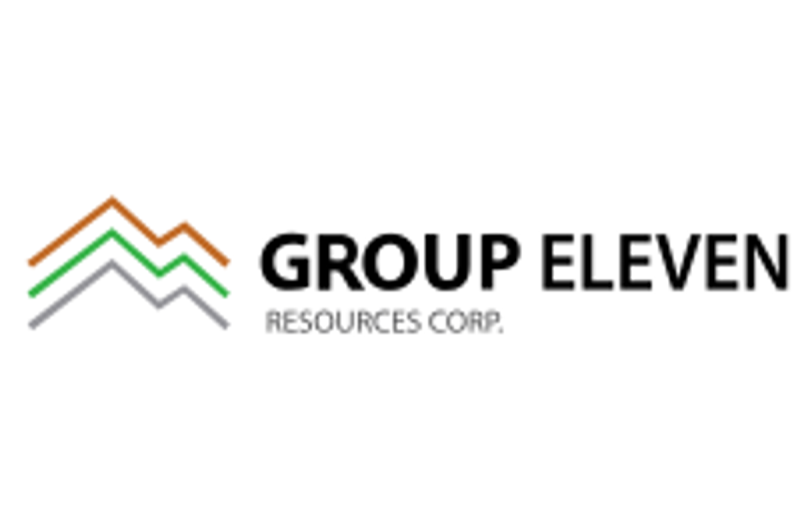
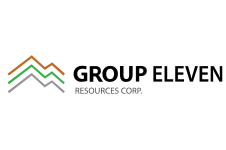



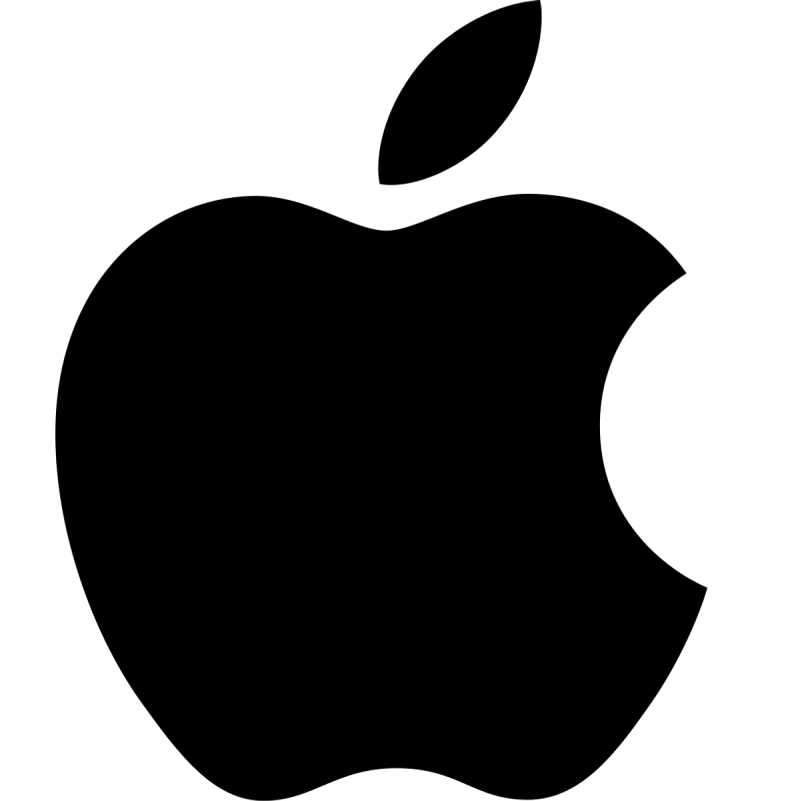
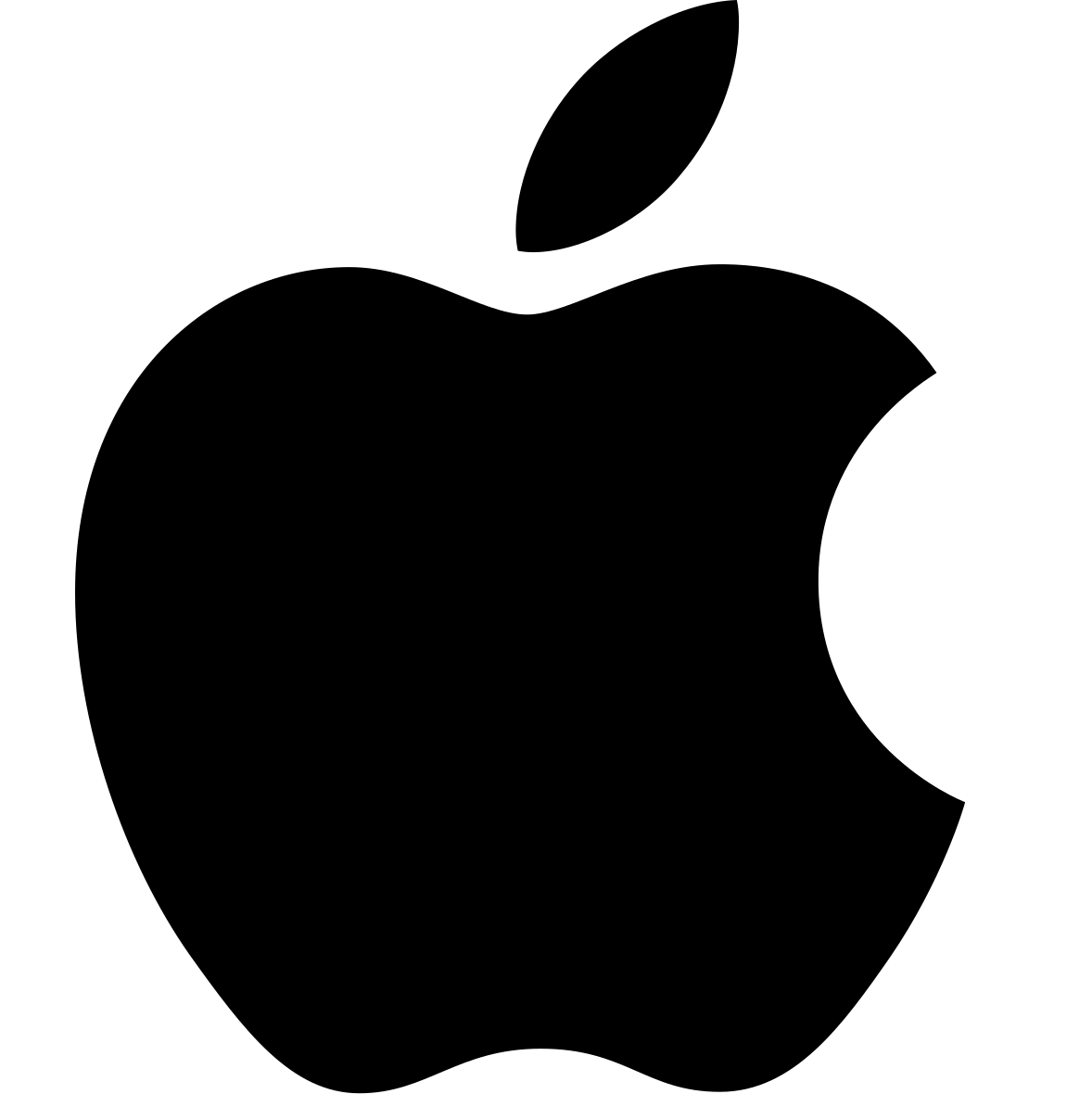



 Basin Energy (BSN:AU) has announced Completes phase one drilling and expands Sybella-Barkly
Basin Energy (BSN:AU) has announced Completes phase one drilling and expands Sybella-Barkly
